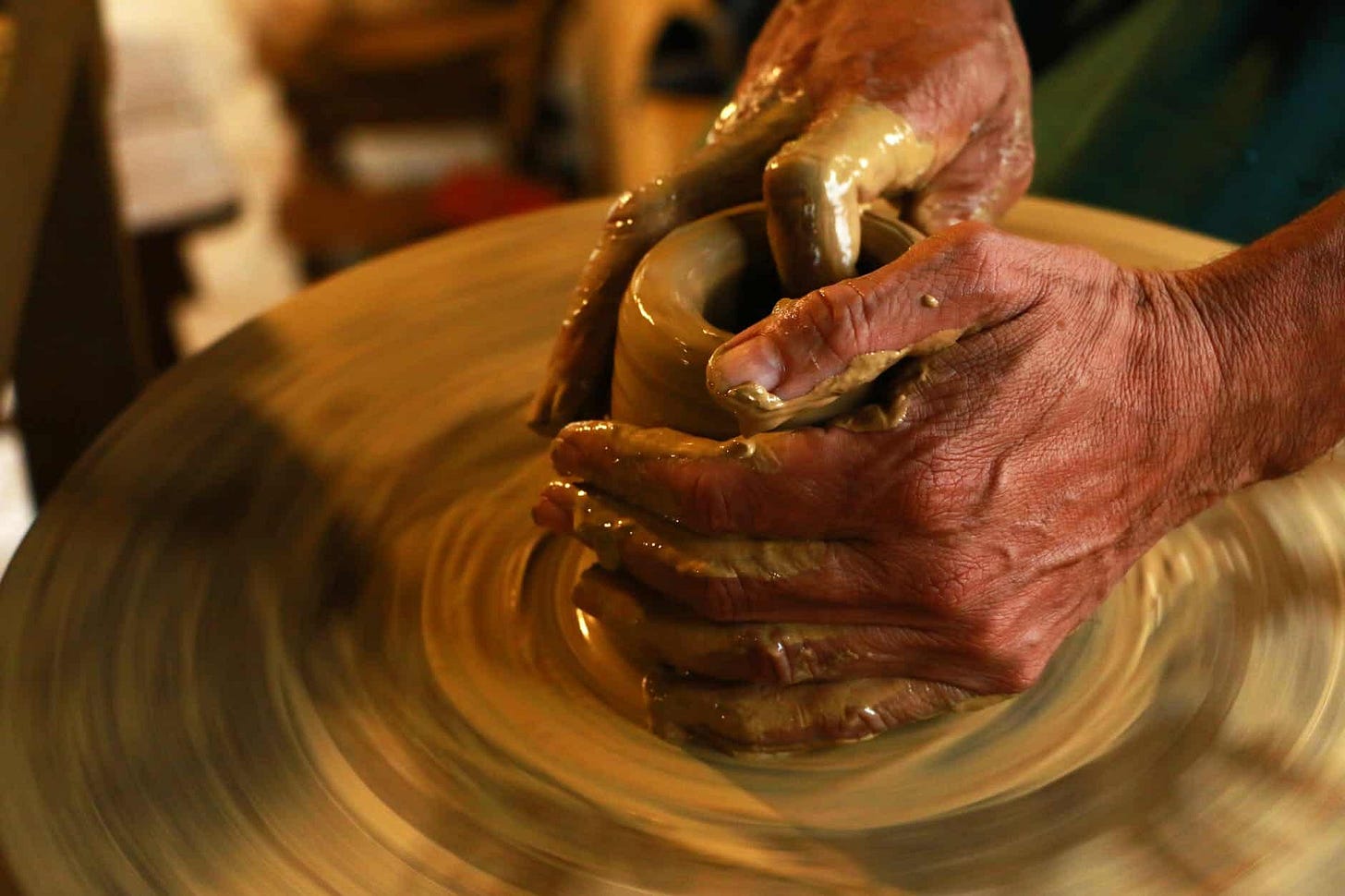Build a bias toward action to stave off hesitation
Letting hesitation slow you down means you’re not using your time and energy to build momentum.

Phil Rosen

Issue #17
|
May 23, 2022
|
Reading time:
4 mins
|

Good morning. If you’re like me, you have days where you get less done thanks to some combination of hesitation and overthinking.
Today we’re going to break down why it happens, what to focus on instead, and how to build a bias for action.
Like what you’re reading? Share this newsletter.
One idea to make great work a habit
The amount of things we accomplish is largely determined by how we choose to spend our time and energy. The most successful among us are those who use this capital efficiently, instead of letting it spill all over.
But overthinking can snag action and drain your most valuable resources.
Thoughtfulness is one thing, though letting hesitation slow you down means you’re not using your time and energy to build toward something.
When leveraged effectively, time and energy together are what allow you to build up volume of action.
Snowballing momentum, in effect, refines your skills and pushes you closer to a milestone.
In the book Art & Fear, the authors invoke a now-classic parable:
“A ceramics teacher announced on opening day that he was dividing the class into two groups. [Half] would be graded solely on the quantity of work they produced, [the others] solely on quality.”
At the end of the semester, the teacher would grade which group produced the single best ceramic pot.
The “quantity group” would aim for 50 pounds worth of pots — hundreds of attempts — while the “quality” group would strive for a single, perfect pot. The authors write:
“The works of highest quality were all produced by the group being graded for quantity.
It seems that while the “quantity” group was busily churning out piles of work – and learning from their mistakes — the ‘quality’ group had sat theorizing about perfection, and in the end had little more to show for their efforts than grandiose theories and a pile of dead clay.”
Getting good at pretty much anything is a matter of volume. Success comes from consistency over time, rather than massive, one-off efforts bent on perfection.
If you minimize hesitation, you can try more things. And the more things you try, the faster you’ll arrive at something that works.
Stifling hesitation comes from building a bias for action. It takes practice, but it’s straightforward and time-saving.
When you hesitate or feel uncertainty creep in, just start. Start before you’re ready.
That’s where you develop your bias for action. It’s the bias that lets you build volume, and the more you focus on quantity the faster it builds.
— Phil
Follow me:


Tip Jar Recs
Digital minimalism: One essayist offers her take on what it takes to put your phone away — and why it requires rethinking our approach to life. (The New Yorker)
Something different: Nine days running in the Alps — navigating aches and aging on the best trail route in the world. (Outside)
A glimpse of the future: The story of a paralyzed man who controls computers with his mind. (New York Times Magazine)
Sign up for Tip Jar if you haven’t already, and don’t forget to share this with a friend.
You can read this newsletter online here. You can read last week’s edition here.
Feedback? Reply to this email, or message me on Twitter or Instagram.
Photo by Regiane Tosatti on Pexels.com



